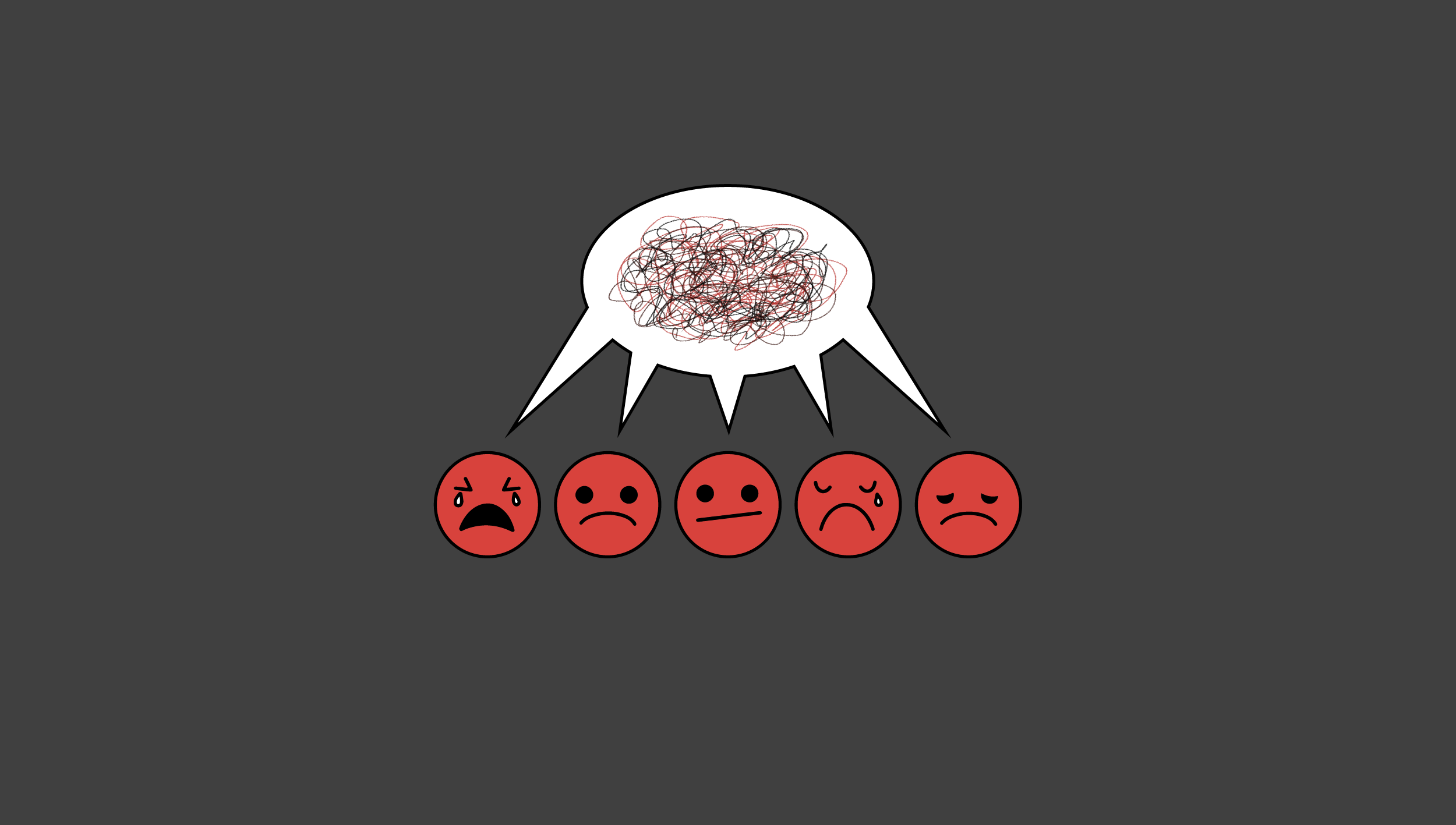How to Deal with Angry Patients and Negotiate with Upset Customers
When it comes to upset customers, the news of a bad experience will reach twice as many ears as would praise for a good experience. You probably already intuitively know this, but that doesn’t make it any less painful. Interacting with happy customers or patients helps us love our jobs; but, even the thought of dealing with angry patients—all that discomfort and effort—can make it hard to get excited about going to work each morning.
Here’s a positive statistic: according to a recent survey, 86% of consumers are willing to spend more with a company they believe provides excellent customer service, and healthcare is no exception. If you spend the time and energy turning an upset patient’s negative experience into a positive one, and preventing negative experiences in the first place, you’ll gain loyal clients who will end up being worth as much as 10 times their first purchase.
Here are seven essential steps for dealing with angry patients and creating positive experiences so they’ll return to your office and recommend your healthcare practice to everyone they know.
Step 1: Start with the right attitude; be firm but kind.
 When learning how to handle an upset patient, it can be tempting to give in to whatever they’re asking—anything to stop them from yelling at you! But, don’t compromise what you know is the right thing. Sometimes saying no, or delivering bad news, is the right answer.
When learning how to handle an upset patient, it can be tempting to give in to whatever they’re asking—anything to stop them from yelling at you! But, don’t compromise what you know is the right thing. Sometimes saying no, or delivering bad news, is the right answer.
Healthcare adds an additional complication to the equation. “Even though the ‘customer’ comes first, it’s a business where the customer is not always right. In many cases, they don’t want to be a customer at all,” says James Merlino, MD, in a Forbes Magazine interview.
“As care providers, we serve people who are often at the most vulnerable times in their lives, and we are responsible for communicating with them, and in some cases, delivering news that can be devastating to an individual or a family.” Read more about how to handle upset patients online.
What you have to say to your patients may not always be what they want to hear. In those cases, just present the information as kindly as possible and offer any solutions that may help the situation.
Step 2: Let the patient vent.
Everyone wants to be heard; for some, that’s all they want. It’s not fun for customer service representatives to hear, but sometimes venting frustrations and blowing off steam is exactly what upset patients need so they can get into a frame of mind that lead to resolution.
Step 3: What’s in a name?
When dealing with angry patients, use their names. Don’t overdo it (you don’t want to sound like you’re trying too hard), but for both you and the patient, names help elevate the conversation from a business interaction to a conversation between two real people.
“Once you use a name, you’re suddenly speaking with a real person, a client who has a job and a life and a legitimate reason behind his or her frustration, rather than a faceless ‘ma’am,’” says Avery Augustine, manager at a tech company. This will help you come across as empathetic and kind, which may help the patient feel more valued and understood.
Step 4: Speak slowly and don’t raise your voice.
Your mood has a huge influence on how your interactions come across. If the patient is livid, stay collected. If they are being loud, speak quietly but firmly (see Step 1).
When you stay calm amid a storm of emotions, you show the upset patient that the problem isn’t as enormous as they may think. You send the message that it’s OK for them to calm down, knowing that their problem is now in good hands.
Step 5: As the conversation continues, show empathy.
It’s crucial to show empathy when you are dealing with angry patients. Healthcare organizations that adopt an empathy mindset create a higher level of trust and improve the patient experience, and the same outcome can be expected with any customer interaction.
“A salesperson can demonstrate empathy through eye contact, body language and smaller verbal cues showing engagement and concern,” says Sherrie Campbell, a psychologist in Yorba Linda, California. “Repeat back what’s being said so the customer [patient] can feel that she’s being understood.”
Step 6: Move from simple to complex.
If the patient has multiple complaints, start with the issues that are easiest to fix and work toward the hardest. This is a principle of interest-based negotiation. There are two main reasons to do this:
“First, resolving relatively easy issues creates momentum. Suppose you’re working with a customer who’s bound and determined to skin you alive when it comes to the main event. By starting with lesser contests and finding inventive solutions, you may get the customer to see the value of exploring new approaches,” says Thomas C. Keiser of the Harvard Business Review.
“Second, discussing easier issues may uncover additional variables. These will be helpful when you finally get down to the heart of the negotiation.”
Step 7: Agree to disagree (but make the customer think you’re agreeing to agree).
When you come to the end of the conversation with an upset patient, your stellar listening skills should be telling you whether or not the patient is satisfied. If nothing you’re saying is working, surrender! Come to an agreement that will best satisfy the patient—even if you are 1,000 percent sure you’re right and she’s wrong.
“It’s a natural behavioral mechanism that when a person is allowed to win that she will start to be more open to what she was fighting against,” says Campbell. “This strategy helps [make] difficult customers more open to negotiating because now they feel like the negotiation will be on their terms as they are more in sync with the sales professional’s position.”
When you resolve a complaint in the patient’s favor, they will return to you for business 70% of the time. It’s in everyone’s best interest for you to serve your angry healthcare consumers with patience and empathy. By following these seven steps, you can create positive patient service experiences that will not only grow your healthcare practice, hospital, or FQHC, but also help you become a more patient and empathetic person.
Need help dealing with angry patients and responding to negative online reviews? Set up a demo today and let us help you bulletproof your reputation.











